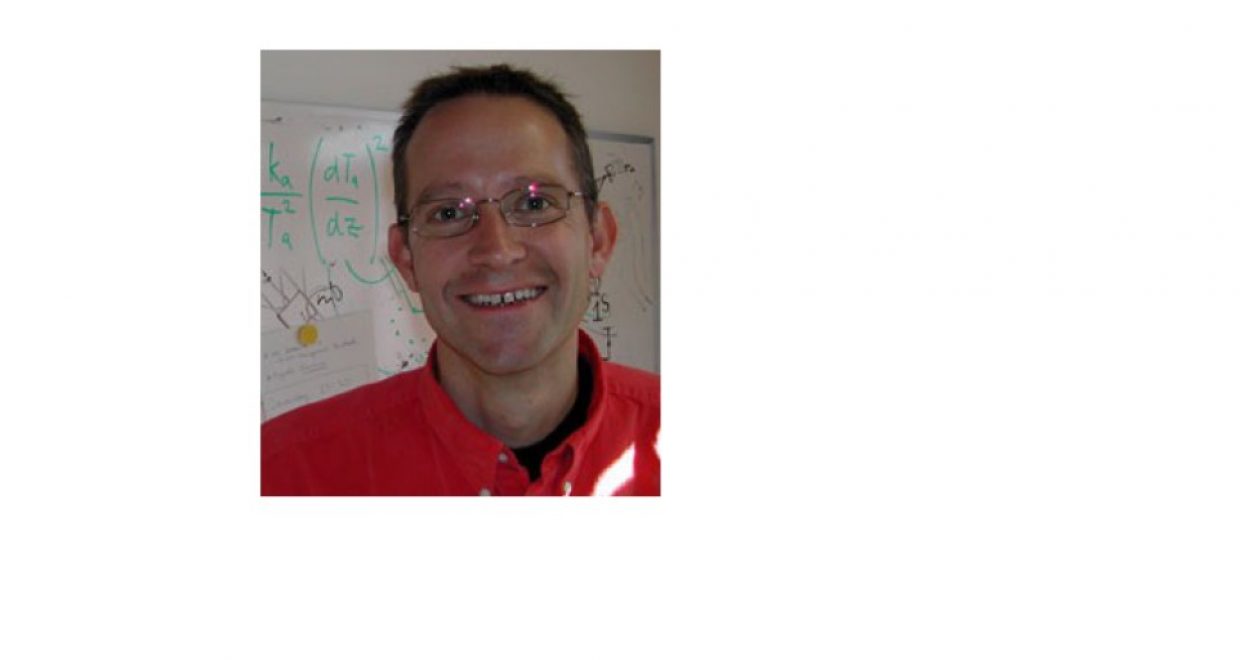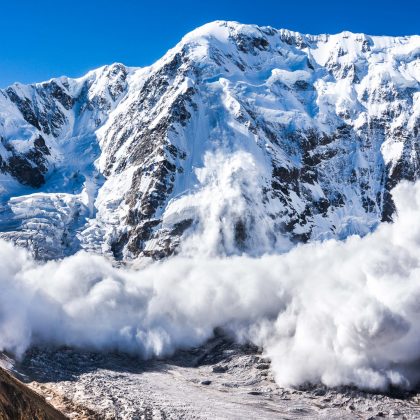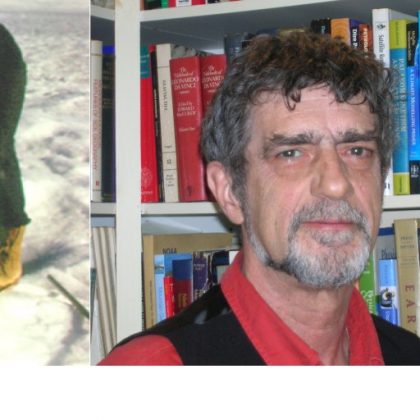Glaciology today: Q&A with Perry Bartelt
In this blog Perry Bartelt– one of four new Associate Chief Editors for the journals of the International Glaciological Society, Journal of Glaciology and Annals of Glaciology – answers questions on the current state of glaciological research.
What is the most exciting research currently going on in glaciology?
I began my research in the field of snowcover modelling, but then turned to avalanche dynamics. Progress in avalanche dynamics has been made possible by the application of non-equilibrium thermodynamics – that is, energy mechanics far from equilibrium, which is probably an ideal description of an avalanche. Very soon (I hope) new snowcover models will appear in which the thermodynamic treatment goes far beyond simple heat transfer analysis. These models will have new descriptions of internal energy fluxes, surface boundary conditions and ice-grain metamorphism – and will make everybody realize what a fascinating and important material snow is for the well-being of the planet.
How is climate change affecting glaciology?
Right now I am overrun with wet snow avalanche problems, which seems to be a growing concern for many regions in the world – increasingly here in Switzerland, but elsewhere in Chile, Alaska, Norway and Japan. Climate change is affecting the mountain snowcover and avalanche flow regimes and subsequently how we predict and mitigate avalanche danger. For me, climate change is very tangible.
Where should glaciological research go next?
I am a firm believer in Popper’s critical rationalism. Meaning: I have never seen so many experimental opportunities to validate/negate new theories or models. I don’t know where glaciological research will go – but I am very confident that many ideas, for example in snow science, which are presently only weakly formulated, will be tested with new sets of measurements. Our predecessors did not have the experimental tools that we have today.





